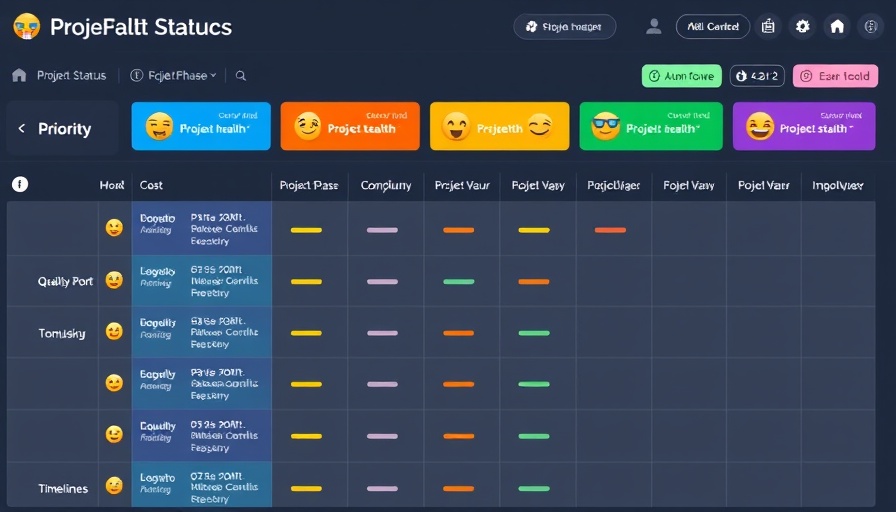
Embracing Change in Experiential Marketing
In the ever-evolving landscape of experiential marketing, the past five years have marked a period of remarkable transformation. At the recent Agency Forum Panel during the 2025 Experiential Marketing Summit in Las Vegas, industry leaders gathered to discuss the seismic shifts reshaping their work. Moderated by Anup Daji, SVP of Experience at Wasserman, the panel illuminated how agencies are adapting to chaos and volatility while seizing new opportunities for engagement.
Navigating Industry Chaos
As Scott Connolly, EVP at Cramer, pointed out, adapting to the hybrid workforce has intensified the pressures on event marketers. “We’re speaking with audiences that aren’t speaking with each other in person all the time,” he noted. This situation creates a need for agencies to deliver remarkable live event experiences even when attendees are dispersed. By recognizing emerging patterns in client needs rather than simply trends, marketers are better positioned to create memorable brand interactions.
The Shift to Full-Service Agencies
Brook Jay, CEO of All Terrain, emphasized the shift toward a more integrated approach within agencies. No longer merely focused on event production, agencies are becoming full-stack players. “We used to be event producers and touring agents, and now we are data capturers, influencer managers, and creative leaders,” Jay explained. This evolution allows agencies to engage more deeply with clients and positions them as pivotal contributors to innovative marketing strategies.
The Power of Micro-Moments
In the current landscape, the emphasis has shifted from grand, one-time events to the concept of micro-moments. Brian Wright from Six Degrees advocated for consistent, smaller engagements that maintain brand presence in the community. “When you consistently show up and keep showing up, the conversation lasts longer,” Wright remarked. Incorporating micro-moments into marketing strategies fosters a continual connection with audiences, ultimately enhancing lead generation and brand loyalty.
Strategies for Future Success
Agency leaders unanimously agreed: staying relevant requires agility and foresight. Engaging clients through multifaceted approaches that encompass data, social strategies, and community involvement is vital. As the marketplace evolves, understanding customer journeys and implementing customer acquisition strategies rooted in real-time insights will be essential for success.
As business owners looking to scale operations, it’s crucial to tap into these insights. The rapid shifts in marketing underscore the importance of integrating innovative strategies that resonate emotionally with your target audience. Being proactive about changes in consumer behavior and leveraging technology to optimize experiences can set your brand apart.
Take Action Today
To thrive in this evolving landscape, embrace the chaos and adapt your strategies accordingly. Whether you’re exploring new branding techniques or enhancing your demand generation efforts, take the lessons from industry experts and apply them to your operations. Start integrating micro-moments into your marketing plan and foster deeper connections with your audience now. Your adaptability could be the key to sustained growth and success.
 Add Row
Add Row  Add
Add 



Write A Comment